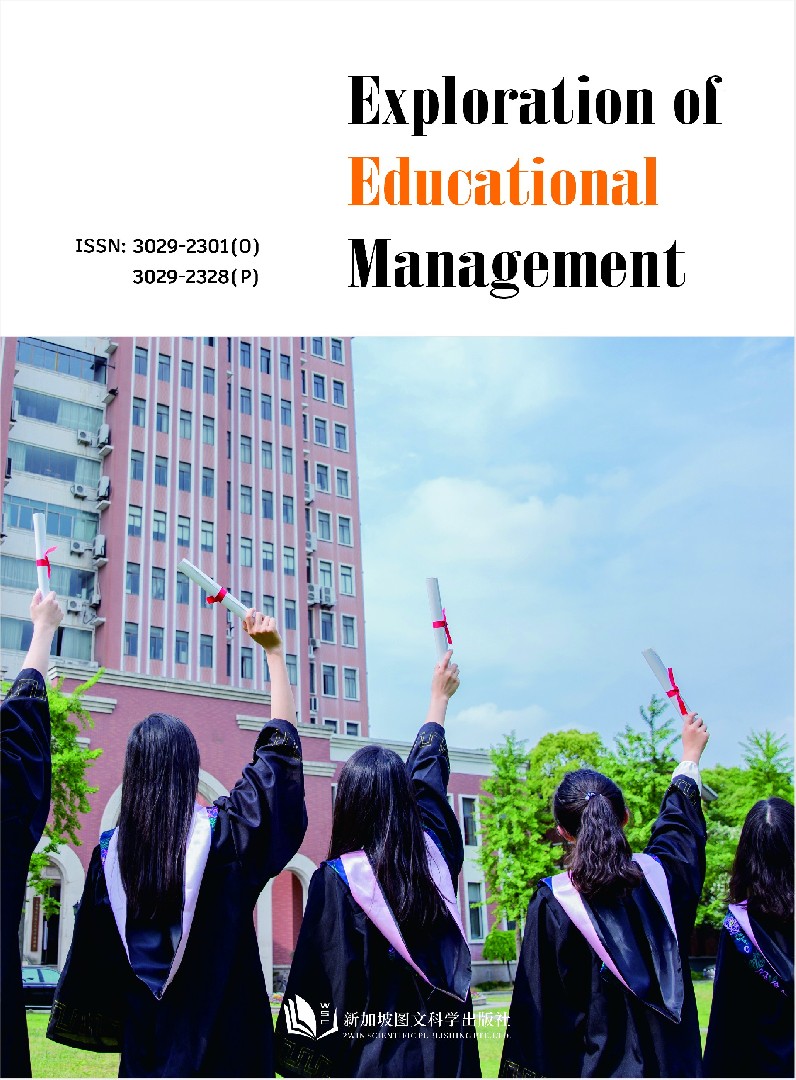作者
Shengnan Zhou
文章摘要
Abstract: “Education for International Understanding” (EIU) is an educational concept proposed by UNESCO after World War II, aiming to eliminate war and promote mutual understanding among nations. Over decades of development, countries have explored similar yet distinct teaching content in this domain. Primary and secondary schools can implement Education for International Understanding through cultural learning, global awareness, earth-related issues, and future-oriented choices. However, specific implementation plans for Education for International Understanding are usually formulated based on different age groups and personal backgrounds. Schools should strive for both commonalities and differences in their approach to this education.
文章关键词
Keywords: Education for International Understanding; Implementation Strategies; Primary and Secondary Schools
参考文献
[1] Xu Hui, Wang Jing. Research on Education for International Understanding. Journal of Southwest China Normal University (Humanities and Social Sciences Edition), 2003, (6): 85-89.
[2] Japan Association of Education for International Understanding.The Contemporary Encyclopedia of International Education. Tokyo: Akashi Shoten, 2012:14-17.
[3] Morimo Takeo. Educational Domain- Multicultural Society .Japan Association of Education for International Understanding. Education for International Understanding in the Era of Globalization: Connecting Theory and Practice. Tokyo: Akashi Shoten, 2010:64-67.
[4] Jiang Yun. Research on Education for International Understanding in Schools. Journal of Jinzhou Medical University (Social Science Edition), 2013, 11(4): 58-60, 91.
Full Text:
DOI
